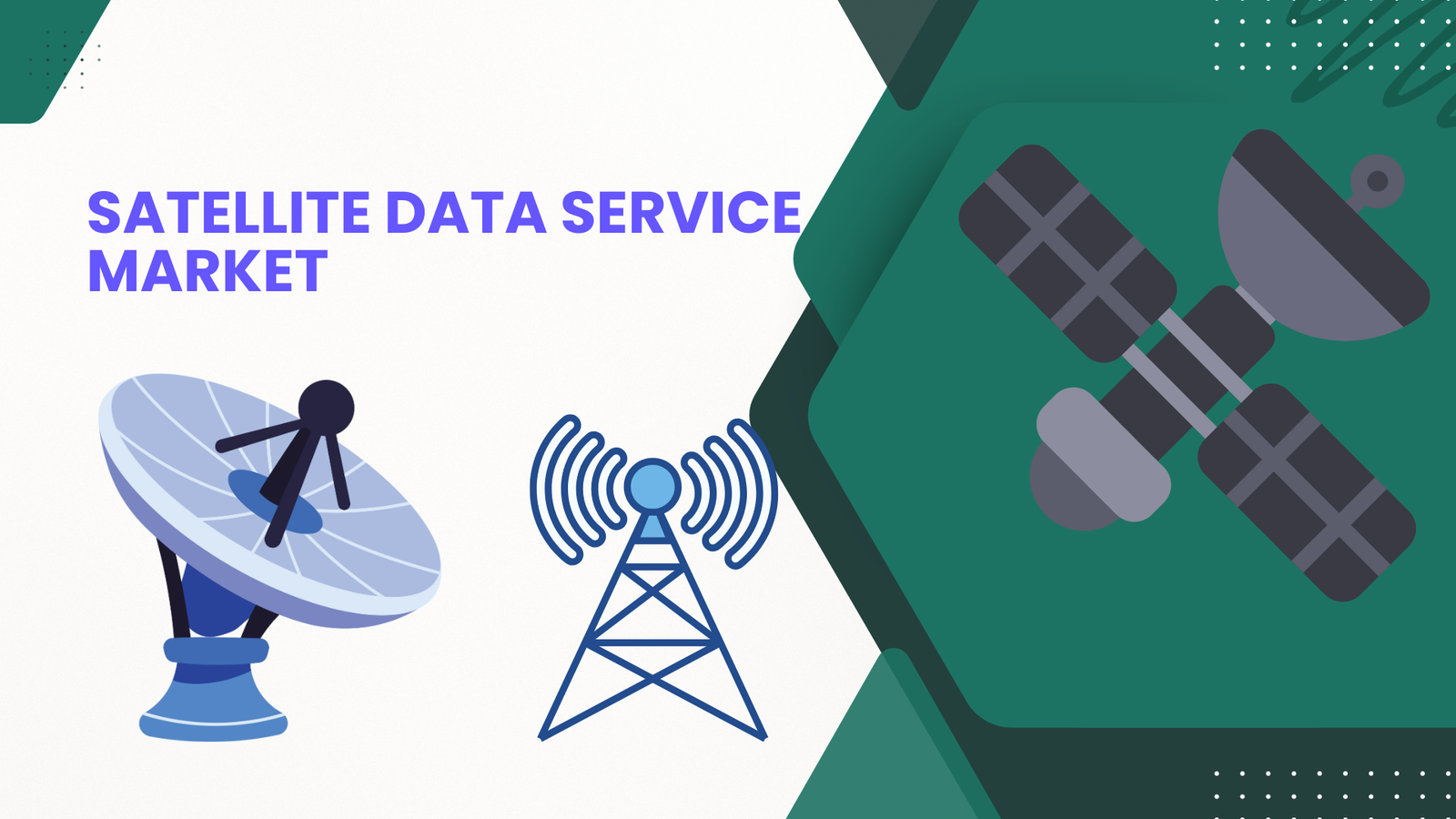Satellite Data Service Market to Reach USD 62.3 Bn By 2034
Updated · Sep 03, 2025

WHAT WE HAVE ON THIS PAGE
Introduction
The Global Satellite Data Service Market is forecasted to reach about USD 62.3 Billion by 2034, up from USD 11.5 Billion in 2024, registering a CAGR of 18.40% between 2025 and 2034. In 2024, North America dominated the market with more than 39.0% share, generating revenues of nearly USD 4.4 Billion. The United States accounted for a significant portion, valued at approximately USD 3.4 Billion, and is projected to grow at a CAGR of 19.1%, supported by strong demand for satellite-based analytics across defense, agriculture, and climate monitoring.
The Satellite Data Service Market involves providing information collected by satellites orbiting the Earth. These services include capturing, transmitting, processing, and analyzing satellite imagery and data to support decision-making across various sectors like agriculture, defense, environmental monitoring, urban planning, and disaster management. Satellite data services help monitor Earth’s surface changes, weather patterns, and other phenomena in near-real-time, delivering valuable insights to businesses and governments.

Top driving factors for this market include the growing demand for real-time, high-resolution Earth observation data, technological advances in satellite remote sensing, and the increasing need for precise monitoring of environmental and agricultural activities. Rising government investments in space programs and the privatization of satellite technology also fuel market momentum. The ability to support smarter urban planning, disaster management, and defense operations is pushing demand steadily higher
For instance, In September 2024, Planet Labs Germany GmbH signed a three-year contract with the German Space Agency (DLR) at the German Aerospace Center. This partnership allows Planet to deliver its advanced Earth observation data and analytics to DLR, equipping German researchers with high-quality insights for research and development. Such collaborations highlight the growing role of satellite data in driving innovation and strengthening global research capabilities.
Key Takeaways
- The market is projected to grow from USD 11.5 Billion in 2024 to nearly USD 62.3 Billion by 2034, at a strong 18.40% CAGR.
- In 2024, Image Data led by data type, capturing 68.9% share.
- The Environment segment dominated applications, contributing over 24.5% share.
- North America was the leading regional market in 2024, holding 39% share and generating about USD 4.4 Billion in revenue.
- The United States market reached USD 3.4 Billion in 2024 and is forecast to expand at a 19.1% CAGR.
U.S. Market Size
The satellite data service market in the United States was valued at about USD 3.4 Billion in 2024 and is projected to grow at a robust CAGR of 19.1%. This strong expansion reflects rising demand for satellite-based insights across defense, agriculture, environmental monitoring, and commercial applications.

In 2024, North America maintained a dominant position in the satellite data service market, securing over 39.0% of the global share with revenues of about USD 4.4 Billion. This leadership is supported by advanced space infrastructure, strong government investments in defense and space programs, and the presence of major commercial satellite operators. The region’s emphasis on technological innovation and early adoption of satellite-based analytics has further reinforced its role as the central hub of the satellite services industry.

Driver Analysis
Growing Demand Across Sectors
The demand for satellite data services is rising strongly because of their expanding use across important sectors such as agriculture, defense, environmental monitoring, and infrastructure development. Satellites now provide high-resolution images and advanced analytics that help farmers optimize crop yields, governments improve disaster response, and companies manage assets efficiently.
This growing range of practical applications and stronger government initiatives are fueling the market’s rapid growth. The ability of satellite data to support real-time decision-making and precision monitoring is increasingly valued by both commercial users and public institutions, driving investments in satellite launches and data platforms.
Restraint Analysis
Regulatory Constraints
One major restraint limiting the satellite data services market is the complex regulatory environment affecting data collection, usage, and sharing. Different countries impose stringent rules on satellite surveillance, data privacy, and national security, which increase costs and slow product deployment.
Compliance demands add financial strain on satellite operators and create fragmentation that hinders global service consistency. These regulatory hurdles also restrict innovation as companies must prioritize meeting legal requirements over developing new capabilities, ultimately slowing market expansion and limiting the ease of cross-border satellite data operations.
Opportunity Analysis
Smart Cities and Precision Agriculture
The rising trend of smart cities offers a significant opportunity for satellite data services by enabling enhanced urban planning, traffic management, environmental monitoring, and energy optimization. Satellite data can provide valuable geospatial insights that help city planners create more efficient and sustainable urban environments.
Meanwhile, the agriculture sector is leveraging satellite imagery for precision farming to track soil health, detect diseases early, and optimize resource use. This not only boosts crop yields but also supports sustainability goals. As city infrastructure evolves and agriculture shifts towards data-driven techniques, satellite data services are set to play a pivotal role in these growing markets.
Challenge Analysis
Data Integration and Technology Upgrades
A key challenge facing the satellite data services market is integrating satellite data with existing legacy systems and workflows. Many organizations still depend on traditional data sources and analytical processes, making the adoption of satellite-based insights disruptive and complex. Upgrading technology platforms and retraining personnel can be costly and time-consuming.
Moreover, rapid advancements in satellite technologies require continuous innovation to stay competitive. Companies that fail to invest in research and development risk being left behind by newer players with more advanced capabilities, creating pressure to evolve quickly in a dynamic market landscape.
Key Market Segments
By Service Type
- Image Data
- Data Analytics
By End User
- Defense and Security
- Agriculture
- Maritime
- Environment
- Energy and Power
- Other End Users
Top Key Players in the Market
- Airbus
- Ursa Space Systems Inc.
- Planet Labs PBC
- L3Harris Technologies, Inc.
- Telstra International
- Satellite Imaging Corporation
- ICEYE
- EOS Data Analytics, Inc.
- GEOSAT
- Maxar Technologies
- Other Key Players
Read more – https://market.us/report/satellite-data-service-market/
Sources

After graduating in Electrical Engineering, Maitrayee moved into writing after working in various technical roles. She specializes in technology and Artificial Intelligence and has worked as an Academic Research Analyst and Freelance Writer, focusing on education and healthcare in Australia. Writing and painting have been her passions since childhood, which led her to become a full-time writer. Maitrayee also runs a cooking YouTube channel.










